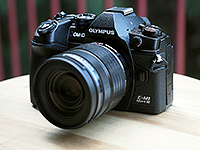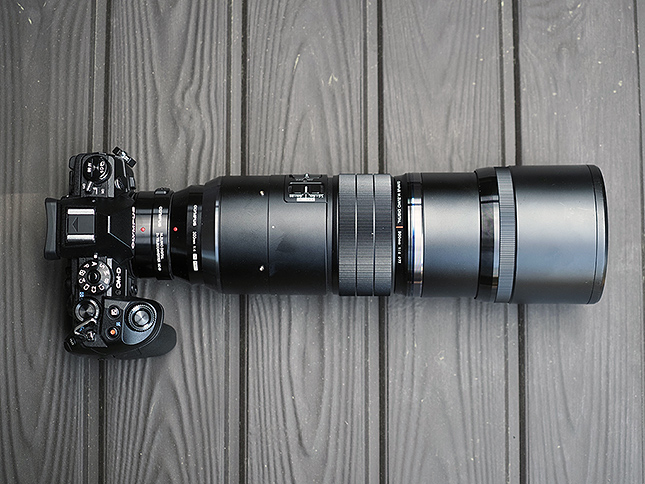Olympus E-M1 Mark III Field Test: Just as portable as before, but now even more powerful
posted Friday, March 20, 2020 at 2:22 PM EST
Click here to read our Olympus E-M1 III Field Test

Last month, Olympus finally unveiled the long-awaited successor to the popular E-M1 Mark II. The aptly-named E-M1 Mark III, rather than being a drastically all-new camera, instead offers a nearly-identical design along with some updates and refinements under the hood. In some ways, it not might be exactly what a lot of folks were hoping for, as the E-M1 III uses, for example, the same 20MP sensor as before and the same 121-point hybrid AF system. In a lot of ways, it's extremely similar to the older model, with the same control layout, similar shooting features and general user experience.

However, in my shooting experience with the new camera, I came away without much to complain about. "If it ain't broke, don't fix it" as they say. Yes, the sensor is getting up there in age, but you can still capture fantastic images in a wide variety of shooting situations. The camera does feature an all-new image processor and the more-powerful IBIS system from the E-M1X, giving the camera updated AF features, better image stabilization, new shooting modes like Handheld High-Res Shot and Live ND. Plus, there's an all-new (and at this time, exclusive) Starry Sky AF feature that allows for faster, easier astrophotography that you can even do handheld!

So, while the image resolution hasn't changed nor has the camera's high ISO performance, the E-M1 III is still a fantastically fun camera to shoot in the field. The build quality is once again top-notch (and perhaps even more so, given that the Mark III is now IPX1-rated for weather sealing), and the new joystick control is a pleasing addition to its already-great ergonomics.
For all the details about how Olympus's new "mini E-M1X" flagship camera handles out in the field, check out my Olympus E-M1 III Field Test. Also, be sure to check out the updated Gallery page for more real-world sample images!
